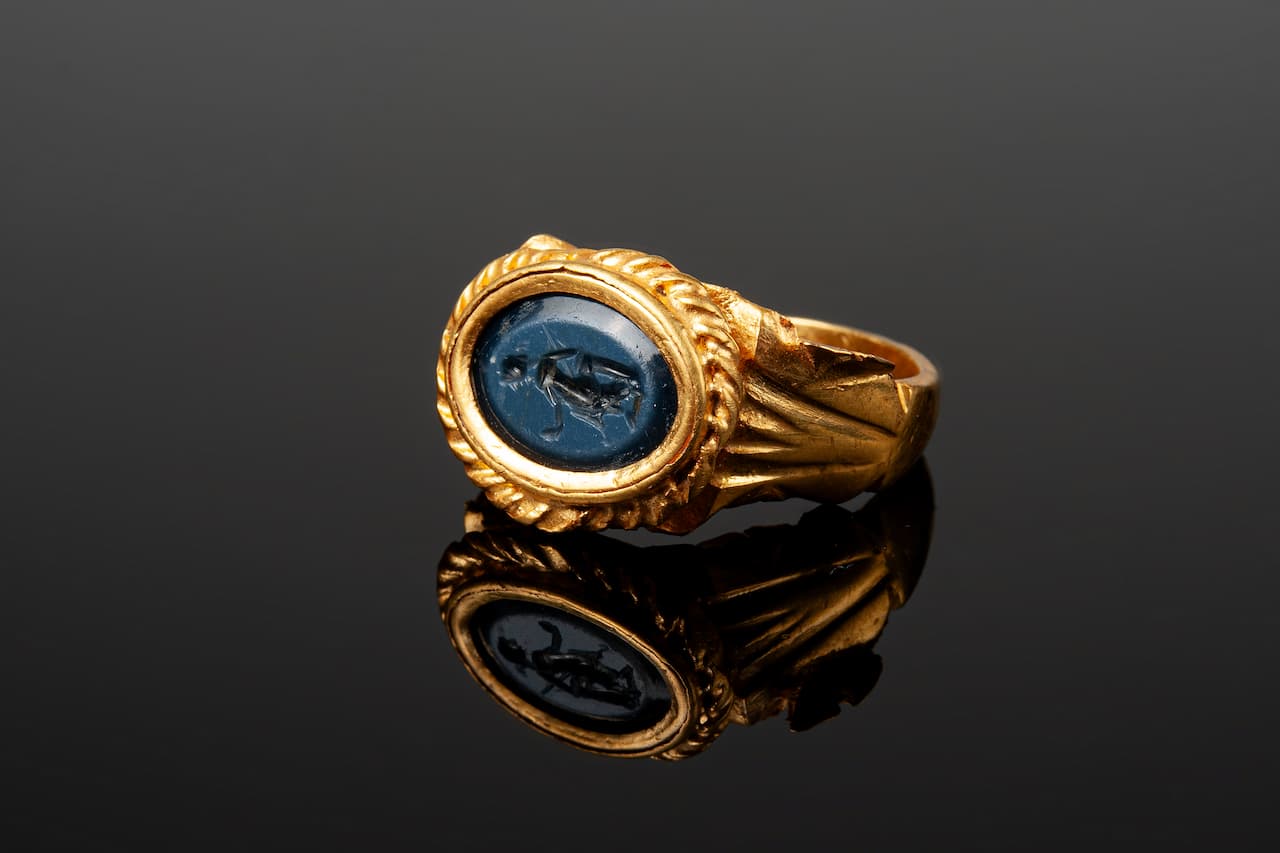
In France, an 1,800-year-old gold ring depicting the Roman goddess ‘Venus the Victorious’ and coins from the Carolingian period have been discovered
Archaeologists from the French National Institute for Preventive Archaeological Research (INRAP) have discovered an 1,800-year-old gold ring featuring a carved portrait of the Roman goddess Venus, associated with victory in battle, along with several coins from the Carolingian Empire. These finds were part of a comprehensive excavation in the Brittany region of France, near the
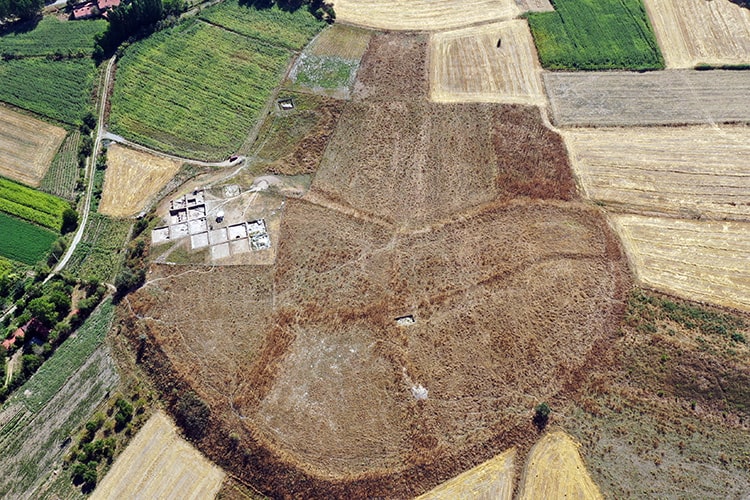
Archaeologists have discovered 4,000-year-old snail shells in western Türkiye
In ongoing excavations at Tavşanlı Mound in western Türkiye archaeologists have discovered 4,000-year-old snail shells. Tavşanlı Mound, located in the Tavşanlı district of Kütahya, is known as one of the largest Bronze Age settlements in Türkiye. Numerous artifacts from the Bronze Age, the Assyrian Trade Colonies period, and the Hittite Empire have been uncovered during
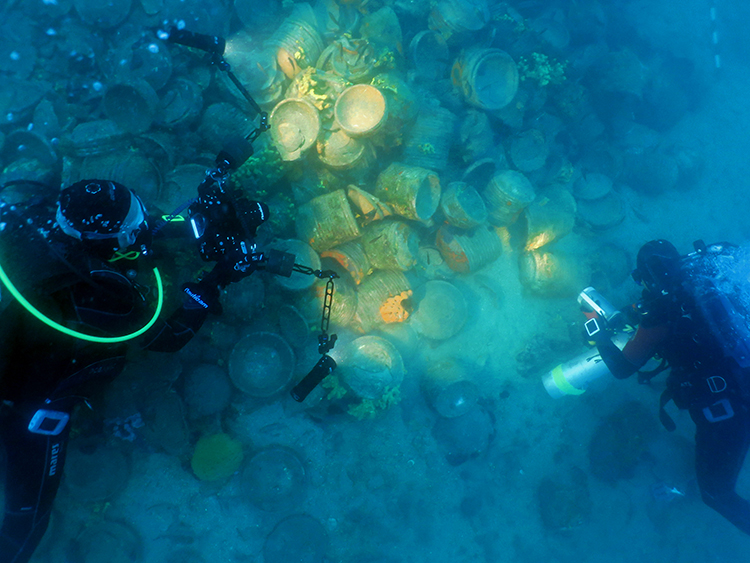
The Turkish Sunken Inventory Project: A 1500-Year-Old Trade Shipwreck Discovered
Under the “Blue Heritage” initiative of the Turkish Sunken Inventory Project, underwater studies conducted along the Aegean Sea coasts have uncovered a 500-year-old trade shipwreck. In underwater research conducted with robotic underwater vehicles designed by Turkish scientists and produced with local resources, a shipwreck dating back to the end of the 5th century AD was

In the Netherlands, a 2,000-year-old Roman tomb belonging to a soldier named Flaccus has been discovered
Archaeologists have discovered a 2,000-year-old tomb from the Roman settlement in Heerlen, Netherlands. Recent analyses indicate that the tomb belonged to a Roman soldier named ‘Flaccus.’ This finding is being celebrated as the “most distinctive evidence of Roman presence in this area,” marking the first instance of a Roman tomb from 0 AD that includes

A treasure consisting of gold and silver Roman coins from the reign of Emperor Nero was discovered in West England
During construction work in Worcestershire, West England, a treasure of Roman and Iron Age silver coins dating back to the reign of Emperor Nero was discovered. The find includes the largest collection of coins from the reign of Nero ever found. The treasure consists of 1,368 coins. The coins span a period from 157 BC
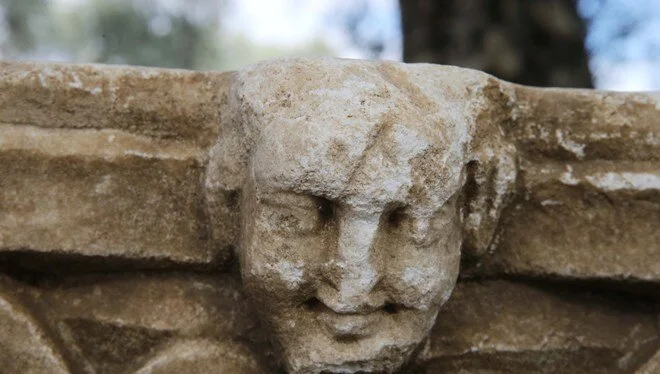
A torch and a figurative head of Hecate were found in the 3,000-year-old Lagina Hecate Sanctuary
In the archaeological excavations conducted at the 3,000-year-old Lagina Hecate Sanctuary, located in the Yatağan district of Muğla in southwestern Türkiye and considered a center of pagan belief, a torch of Hecate and a figurative Corinthian column capital dating back to the 2nd century AD were found. Hecate is an important figure in Greek mythology.
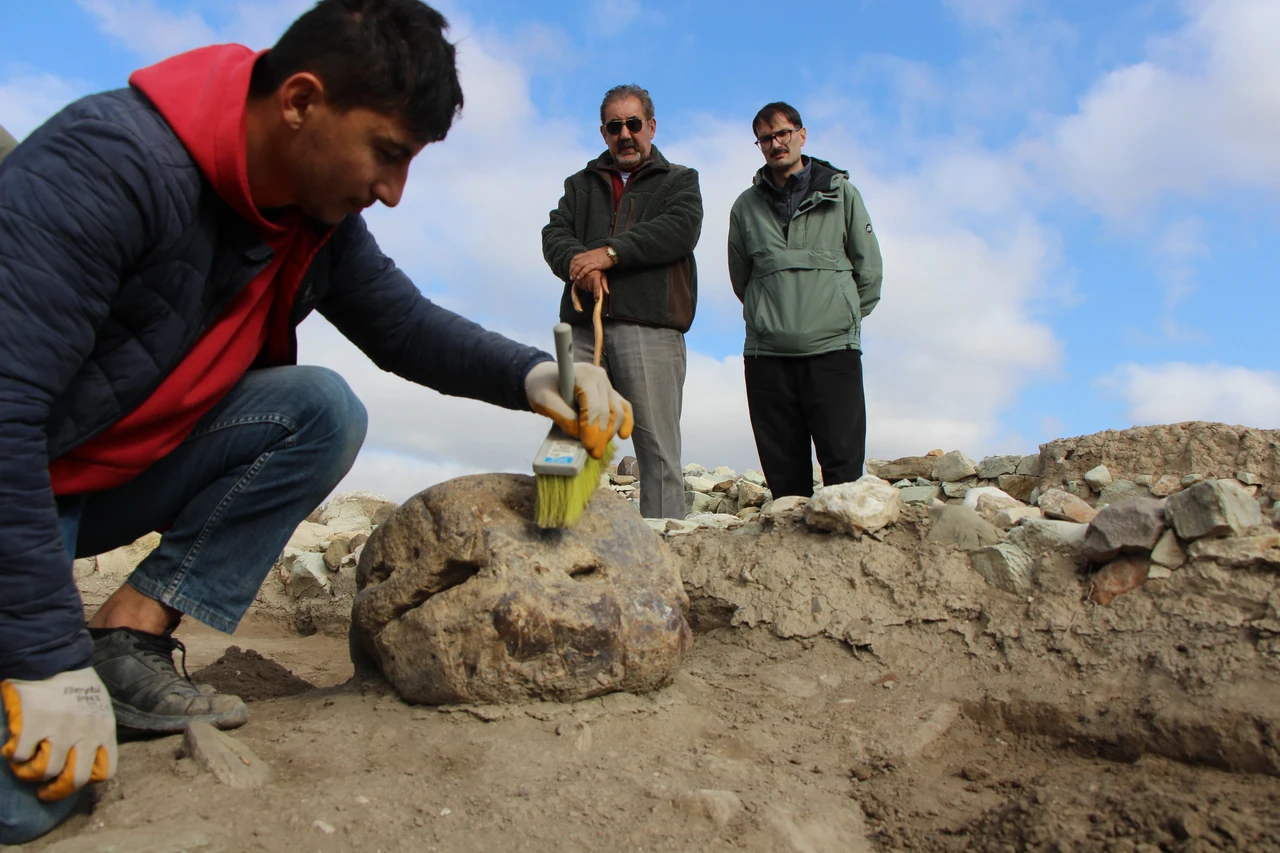
Archaeologists discovered a 2,600-year-old sacred chamber and a stone symbolizing the goddess Kubaba at Oluz Mound
Excavations at Oluz Mound, located in the Toklucak village of Amasya in northeastern Türkiye, have uncovered a sacred chamber and stone dating back to the Phrygian period, approximately 2,600 years ago. Prof. Şevket Dönmez, a faculty member of the Department of Archaeology at Istanbul University, stated that the discovery is a first in Anatolian archaeology.

The Polyksena Sarcophagus was covered with a black cloth on the “International Day for the Elimination of Violence Against Women.”
The Polyksena sarcophagus, located at the Troy Museum at the entrance of Tevfikiye village, connected to Çanakkale, was covered with a black cloth in observance of the “International Day for the Elimination of Violence Against Women” on November 25. This approximately 2,600-year-old sarcophagus depicts the sacrifice of Polyksena, the youngest daughter of King Priam and
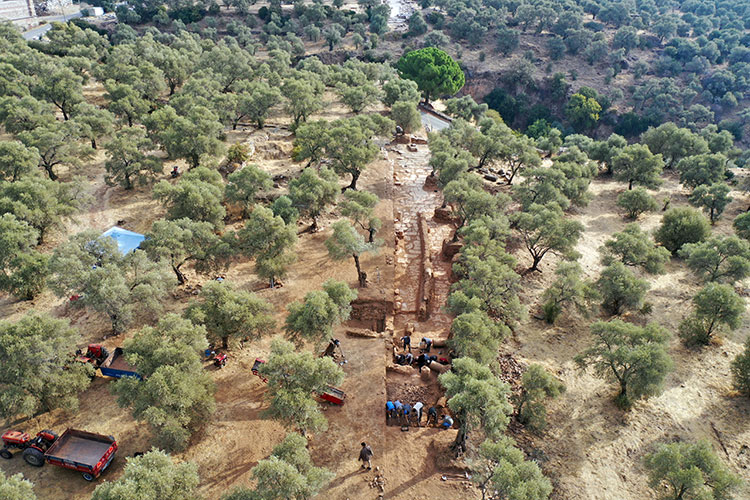
Archaeologists have begun work to uncover the historic “sacred road” leading to the Temple of Pluto
Excavations have begun to uncover the historical “sacred road” leading to the Temple of Pluto in the ancient city of Nysa in Aydın province on the Aegean Sea coast. Founded in the 3rd century BC by Antiochus I Soter, the son of Seleucus, Nysa was established north of the Menderes River in the fertile basin
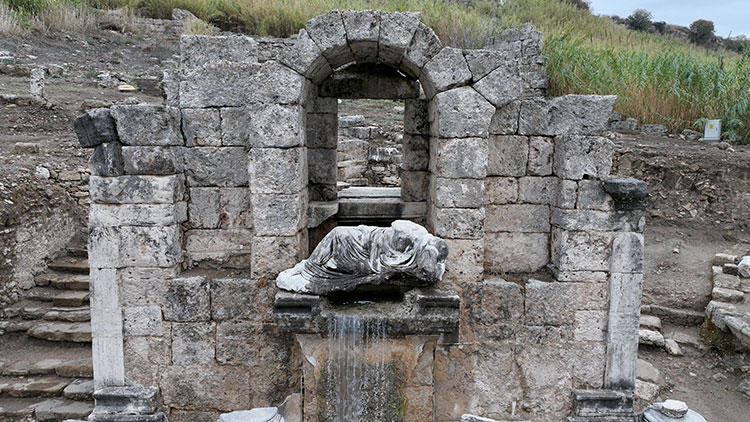
The Kestros Fountain, built by Emperor Hadrian, has started to flow with water again after 1800 years
The ancient “Kestros Fountain,” known to have been built by Emperor Hadrian in the 2nd century AD, has started to flow with water again following restoration efforts in the ancient city of Perge. The ancient city of Perge is located within the borders of Aksu district in the center of Antalya. The first traces of
